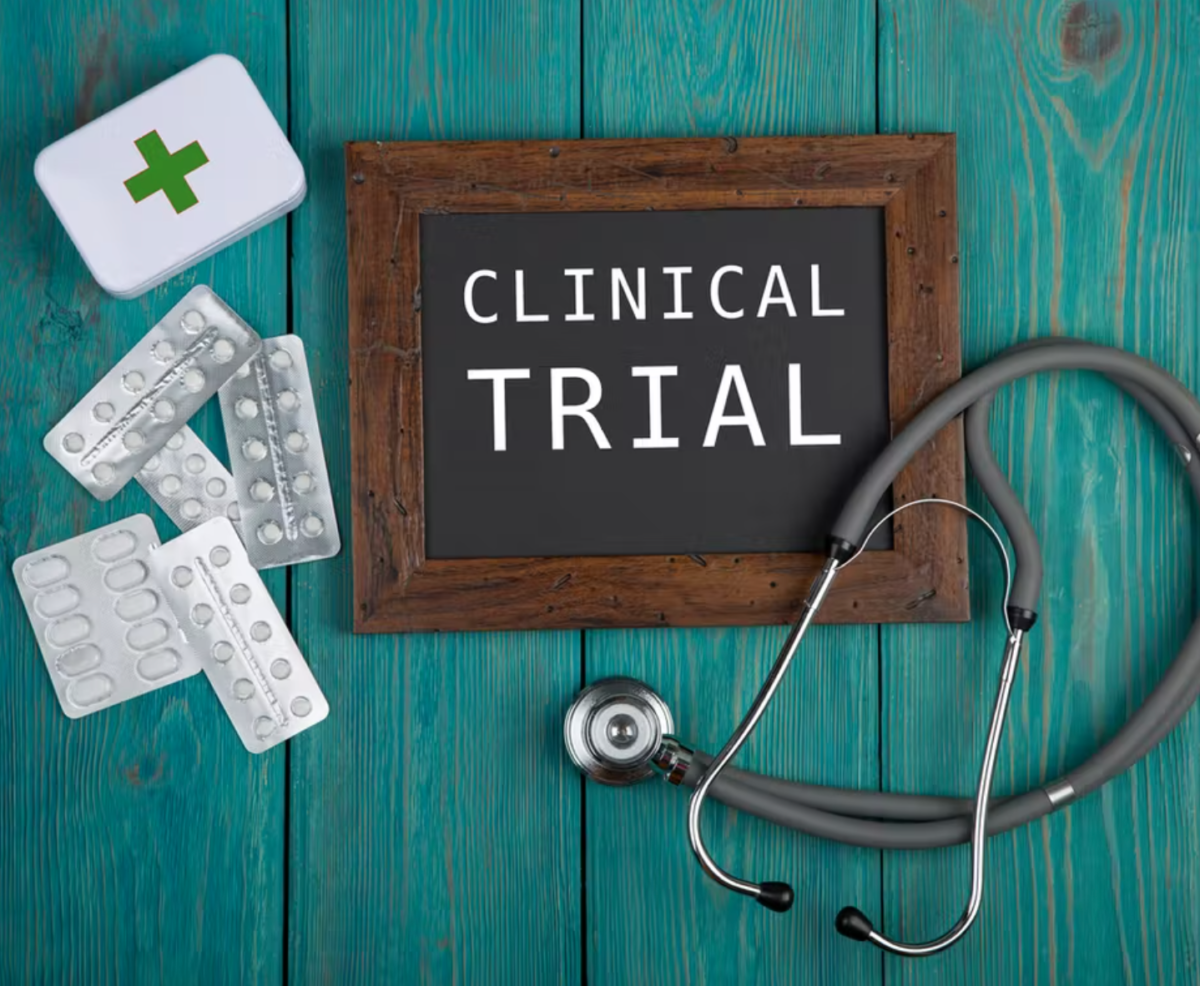Category: Featured News

New Immunotherapy Drugs Show Promising Results for Certain Cancers in Clinical Trials. Is Mesothelioma Next?
Participation in Clinical Trials is how progress is made in medical research. The trials are regulated and must conform to rigorous standards and be able to be replicated. Research scientists dedicate their careers to making progress with treatments for diseases using Clinical Trials. The inclusion and exclusion criteria are very specific. Some Clinical Trials are not able to be done due to lack of enrollment. Participation is voluntary and only with informed consent that the patient can withdraw at any time. In the United States it is estimated that only 5% of adults eligible to participate in a Clinical Trial sign on.
Progress can be slow and results are often not what the researchers had hoped for. Responses can vary by individual participants and success is often made in small percentages of people responding to the treatment.
This past week some very exciting news was published in the New England Journal of Medicine and reported widely in the media. A surprising report was published of the results of a Clinical Trial with a small sample of patients diagnosed with a specific mismatch-repair deficiency rectal cancer and the immunotherapy drug Dostarlimab, brand name Jemperfi. This specific type of rectal cancer makes up 5-10% of all rectal cancers.
Before beginning the standard treatment for this type of rectal cancer, which is chemotherapy followed by radiation followed by surgery, these patients joined a Clinical Trial testing Dostarlimab infusions before the standard treatment. Dostarlimab is classified as an immunotherapy drug. It has been approved by the FDA for treatment of certain types of endometrial cancers. The results were a surprising 14 out of 14 patients having a full remission. No evidence of their disease was found! For 100% of the patients enrolled in the study to have no evidence of disease after six months of treatment is what researchers dream of. The importance of this response is exciting for all of the patients and researchers and for possible results with other cancers. More research with a larger number of patients will need to be done.
These results are encouraging for research for malignant mesothelioma that are ongoing with some Clinical Trials including immunotherapy drugs.
With renewed enthusiasm we encourage those diagnosed with Malignant Mesothelioma or any other cancer to checkout www.ClinicalTrial.gov or ask your treatment team about eligibility to participate in a Clinical Trial.

For Patients, Nutrition and Exercise Plays an Important Part in the Mesothelioma Journey
Nutrition and exercise plays an important part in a person’s journey with Malignant Mesothelioma. Recovering from Mesothelioma treatment can be difficult. Whether it is recovering from chemotherapy, radiation, or surgery it can be challenging regardless of the type of treatment you have experienced.
Nutrition can play a key role in recovering from your treatment. Choosing foods that are high in protein and fat will offer the most reward. Offering starchy foods or carbohydrates like pasta, bread, potatoes and sources of protein like fish, chicken, meats, nuts, turkey, and cheese are great options. For many, these food choices can be overwhelming and difficult to eat. Breaking down meals to smaller portion sizes and more frequently may be easier. If food is not the best choice, drink high calorie protein drinks. There are many protein drinks available to suit your needs and taste. We have cared for many people who have undergone surgery or chemotherapy and food is the last thing they can enjoy.
We encourage patients to weigh themselves weekly to monitor progress. Eating when recovering can be a huge chore for some and can become a daunting task. If possible, try to eat one more thing than you did the day before.
For many their taste buds have been altered. Many times, we hear that food has a metallic taste when receiving chemotherapy. Just keep trying foods and taking in calories. Along the road to recovery things change. If you are recovering from surgery or chemotherapy the taste buds will change again. Maybe the food that tasted awful a few weeks ago will taste better down the road.
Many medical centers where one receives their care can provide nutritional support with nutritionists. Adequate nutrition to maintain energy, muscle mass and your weight may help with tolerating your treatment better. The American Cancer Society states, proper nutrition during treatment supports your immune system and may lower your risk of infection and help you heal and recover faster.”
Many people attempt to continue with their exercise regime throughout treatment, and others never had a regime and become engaged in one. Walking is one of the easiest and accessible forms of exercise. Whatever your choice of exercise is there are many benefits to it while recovering from your treatment with cancer. Exercise can lower your risk of depression, anxiety, improve sleep and reduce the risk of developing other chronic diseases. Many people include stretching and breathing exercises as well.
Healthier lifestyles can result in improvement of quality and length of life for some cancer survivors, according to the National Cancer Institute. Surround yourself with people who will maintain positivity and cheer you on. The benefits of developing a healthier diet and exercise habits during treatment may carry over into survivorship. According to the National Cancer Institute, research suggests that these healthier behaviors may improve the quality and length of life of some cancer survivors. If you have questions, reach out to your treatment center and see what support is available to you. There are many support systems to help with nutrition. Patients who have journeyed before you with the same issues are often willing to share what worked for them, when recovering from and living with Mesothelioma.

Expressing Gratitude as a Mesothelioma Patient
This time of year is ideally filled with family and friends getting together and creating memories.
For people that are facing health challenges like being diagnosed with malignant mesothelioma, the holidays can be a challenging time. When your world has been upended and you may not be at home for your usual festivities or you are not feeling the holiday mood, feeling grateful can be hard to do. Expressing gratitude may be even harder. Sometimes it is necessary to dig down deep within yourself to express thankfulness to those that are helping you.
During this time of year there is a lot of effort spent on getting the perfect present, the most thoughtful, the one thing that the person can really use for family and friends. For many of us this adds stress to what can already be a stressful time. Presents don’t have to be shiny and new and perfect, the gift of interacting and strengthening a bond in a relationship can be a much more meaningful present.
We all need to take some time out of this busy holiday season to express our gratitude to people that impact our lives. Many of us spend time and money shopping, decorating, baking – when for many a much more impactful thing would be to stop and thank someone for their kindness.
Telling someone that you are grateful for their support and presence in your journey can benefit both you and them. Acknowledge someone for listening to you when it would have been easier for them not to take the time.
By making a call, sending a note, text, or e-mail, or even giving a shout out on social media, you have acknowledged the kindness that has been shown. Recognition and acknowledgment can help improve and strengthen your relationships,
Research has shown that one of the benefits for the person expressing gratitude is greater happiness. Gratitude helps people relish good experiences, improve their health and improve their relationships.
This holiday season, slow down and acknowledge those that enrich our lives in a way that can’t be quantified, and so much more than a perfect present.
Happy Holidays!

Thanksgiving is Different This Year for Mesothelioma Patients
Each year at this time we celebrate Thanksgiving. Since the Pilgrims started this tradition it is a time to share and be grateful for our blessings. As Thanksgiving 2021 rapidly approaches, we reflect on what this year’s holiday means to ourselves and our loved ones and to our collective community.
As we all know, what makes this year different from last year and previous celebrations of Thanksgiving is the Covid-19 pandemic. Last year, 2020, was pre-vaccination. A lot of people had small celebrations and stayed home. This year with vaccinations available we take a step closer to what normal used to be.
Thanksgiving traditionally involves family gatherings, turkey dinners, and for some travel to relatives for the celebrations. The gatherings are times that families and friends can reconnect. Although not all Thanksgiving celebrations and memories are as picture perfect as we would like, they are all our own unique families with our different opinions gathering and interacting.
According to a recent survey from Ohio State University Wexner Medical Center, the mood that most U.S adults described toward Thanksgiving 2021 was “cautious.”
There are some indicators that Thanksgiving celebrations are getting back to normal. According to recent reports, travel is returning to pre-Pandemic levels. The same poll says that 63% of Americans will celebrate Thanksgiving with the same number of people as they did before the coronavirus pandemic, with 5% saying there will be more people attending their Thanksgiving this year compared to pre-pandemic times. Once people get to their destinations they may find that the hosts for their celebrations are asking about their vaccination status. Another recent survey tells us that half of all Americans plan to inquire about their potential guests’ vaccination status. Covid 19 negative tests will be required by 46% from unvaccinated friends and families.
As we all adjust to the “new normal,” for our Thanksgiving celebrations we celebrate and give thanks for progress that continues to be made in fighting malignant mesothelioma. All of us can take the lessons of the past year and a half and turn them into something positive. Appreciate each other and our relationships. Be thankful!
No matter how you choose to celebrate, stay safe and Happy Thanksgiving!

For Mesothelioma Patients, Time is What You Make of It
Time is one of our greatest assets. According to Miriam Webster the meaning is “the thing that is measured as seconds, minutes, hours , days, years, etc.” Time is something we all have, we just don’t know how much.
Many illnesses threaten our timeline and sometimes force us to look at how we spend our time. Malignant mesothelioma is bad news, with some options, but still with no cure. Researchers, doctors and scientists continue to push science for more information. When diagnosed with this disease or any other serious illness, looking for a timeline is natural. The question often asked is “how much time do I have?” Although no one can say with certainty, there are averages of time that are based on previous patients. When faced with the knowledge that you have a serious illness and your time may be limited, most want the best of what time is left. The best for one, can be different for the next.
I met a woman a few months ago, she had undergone a pleural biopsy. She was pretty convinced that she had pleural malignant mesothelioma. Prior to confirmation she told me she would choose wisely what type of treatment she would opt in for – which was ultimately immunotherapy. She has responded positively but has been left with some side effects. Her goal is to move out of her present housing situation and live somewhere easier. Physically, emotionally, and financially she has had to make some tough decisions. She feels as if these changes will give her a better quality of whatever time she has. Fortunately, she has a support system and a plan.
Dealing with terminal illness forces us to ask ourselves, how will we live out our remaining days? Some, if allowed, “live like they are dying.” Receiving a terminal illness as a diagnosis almost always forces one to reflect upon their life, and where and what they would like to do with whatever time remains.
We all measure time with different clocks. Some mark time by births, weddings, deaths, current events. However you choose to measure time, don’t forget to live it and enjoy it. We know when one is diagnosed with a terminal illness it feels as if time is standing still. Despite whatever time you have left, you are given the opportunity to have many conversations with people . These illnesses allow one to say “I love you”, make amends or share some intimate conversations.
All of us need to cherish our time and relationships for time is promised to no one.
Free Mesothelioma Patient & Treatment Guide
We’d like to offer you our in-depth guide, “A Patient’s Guide to Mesothelioma,” absolutely free of charge.
It contains a wealth of information and resources to help you better understand the condition, choose (and afford) appropriate treatment, and exercise your legal right to compensation.
Download Now